7 Coolest Gadgets And Tools Used By The Investigators On CSI
The best CSI gadgets include a portable DNA scanner and virtual autopsies.
Since the first episode of CSI, audiences have been amazed at what forensic investigators can discover, usually aided by the latest and greatest in technology. While some of the technology used throughout the franchise is essentially science fiction, most of it is rooted in reality and becoming more common in the real world. Here are the seven coolest gadgets, some used by real investigators and some that aren’t, but all helped push technology forward.
7. Virtual Autopsy Table
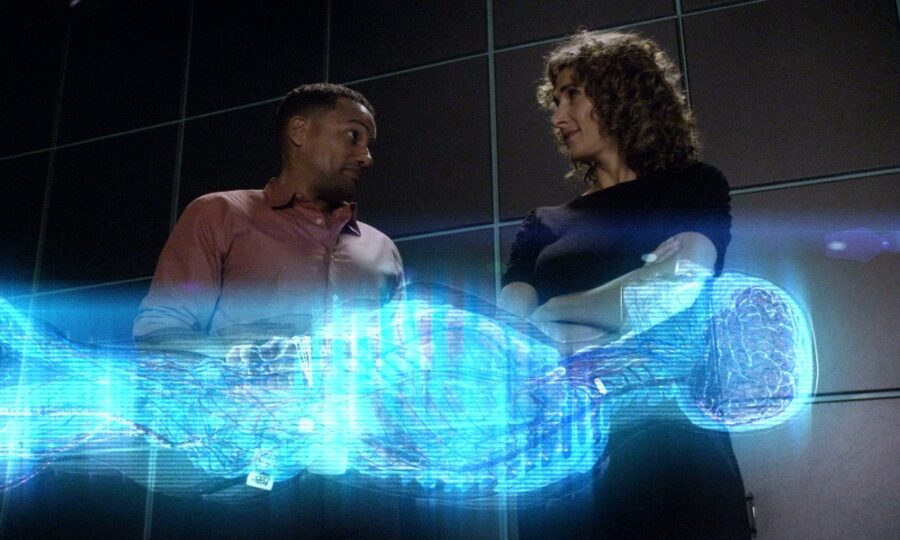
Demonstrated in the Season 6 CSI: New York episode “Battle Scars,” by Hawke (Dule Hill), the virtual autopsy table allows him to demonstrate to Stella (Melina Kanakaredes) the bone damage suffered by a murder victim. The 3D scan allows the team to inspect the skeletal structure without accidentally damaging it, which proves highly beneficial in this situation, as the unique pattern of wear and tear on the bones and muscle allows them to identify the victim as a street dancer.
Amazingly, virtual autopsy tables are not limited to the fictional world of CSI, and can be used today, though they’re prohibitively expensive. A Swedish company has been working on the technology for nearly two decades, but it’s still not quite at the level of functionality as the 2009 CSI: New York episode. Still, a virtual autopsy is a very cool concept and can help identify things a normal autopsy may miss out on, but making the leap to a specific dance move is still only to be found in fiction.
6. Bullet Reconstruction System
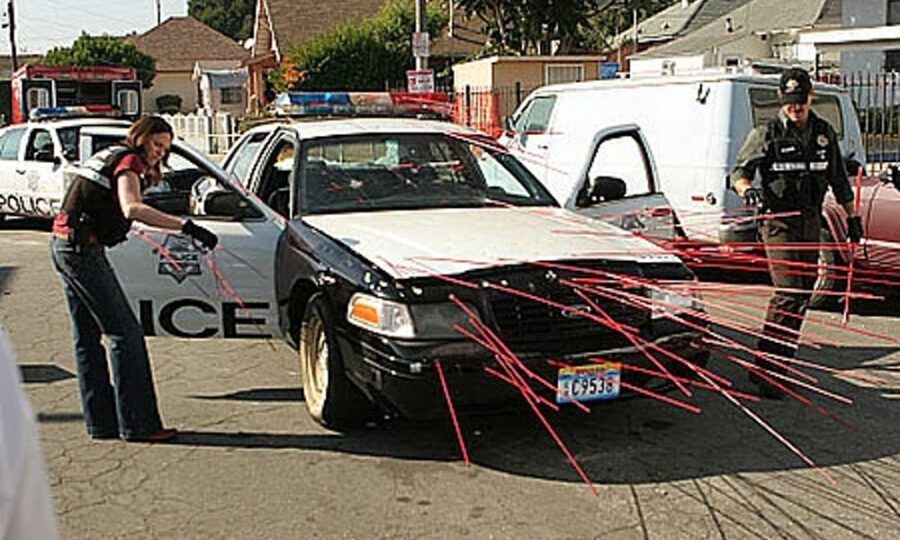
Every few episodes, a CSI team has to figure out where a bullet was fired from and where it landed, usually using a multi-part system. The process became more refined as the seasons went on, going from the solid sticks of “A Night At The Movies” and “A Bullet Runs Through It” to lasers. Eventually, the investigators add in high-speed cameras, allowing them to simulate the actual flight of a bullet using video footage.
The development of technology over the two decades that the CSI franchise has been on the air is fascinating when it’s being binge-watched. Bullet trajectory investigations are one of the largest changes, and again, based on real-life technology. In reality, police departments have used laser sights similar to surveying equipment, but the use of high-speed cameras to recreate a bullet’s path is out of reach of most precinct’s budgets.
5. Portable DNA Analyzer
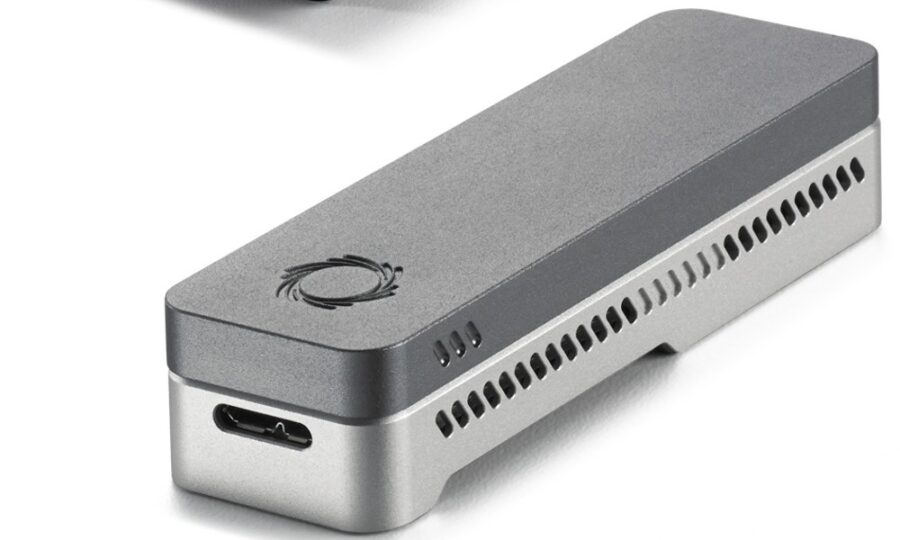
Inspecting blood, hair samples, skin, and other bodily fluids, from saliva to sweat, for DNA evidence is usually fairly simple on any of the CSI shows. What makes it even easier is when the teams start deploying a portable DNA analyzer, letting them get results while out in the field and cutting out the poor lab tech characters that usually relay the exposition.
Today, anyone can buy portable DNA sequencers over the counter for at-home tests. Now, whether or not the average person can interpret the results is a different story, but it is possible to run blood through the device at least and get a quick result. The machines used by the CSI investigators go far beyond what’s available for at-home use and reduce what used to be a massive machine to an easily portable device.
4. Alternative Light Photography
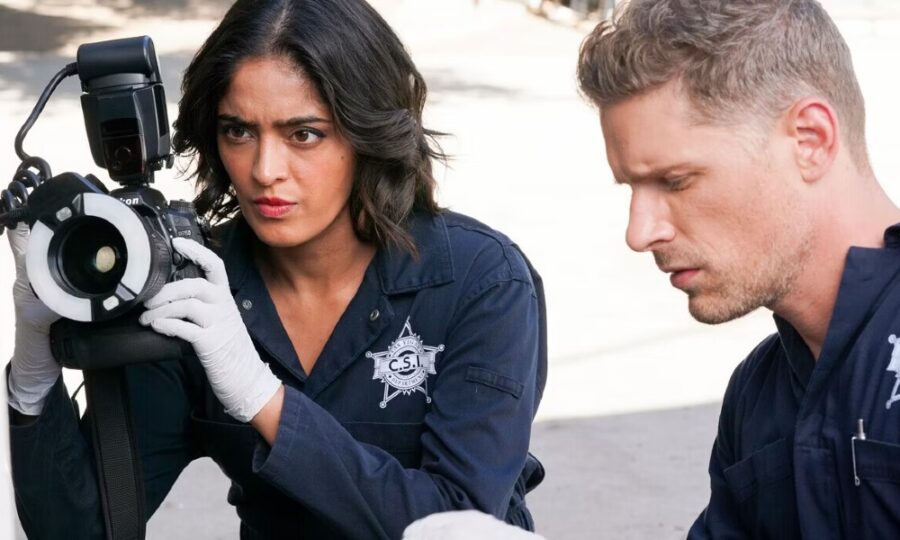
When a CSI is taking photos of a crime scene, some shots are done using ALP (Alternative Light Photography), which lets them get shots of fingerprints or anything else that’s invisible under normal lighting conditions. ALP cameras are boxier than normal cameras, providing access to multiple filters, types of flashes, and lenses allowing investigators to capture nearly anything on camera.
It’s common throughout the CSI franchise, with nearly every character having used it at some point, and it’s been wrongly thought of by fans as an example of “CSI magic.” The custom Nikon cameras used in CSI: Vegas include special filters on them, making it easier in the latest series than ever before for the collection of crime scene photos.
In the original series, Greg Sanders once took a photo of a fingerprint found on a doorframe, which is impressive but realistic. Mandy pulling a fingerprint from a partly decayed bullet casing is closer to science fiction.
3. Electrostatic Dust Print Lifter
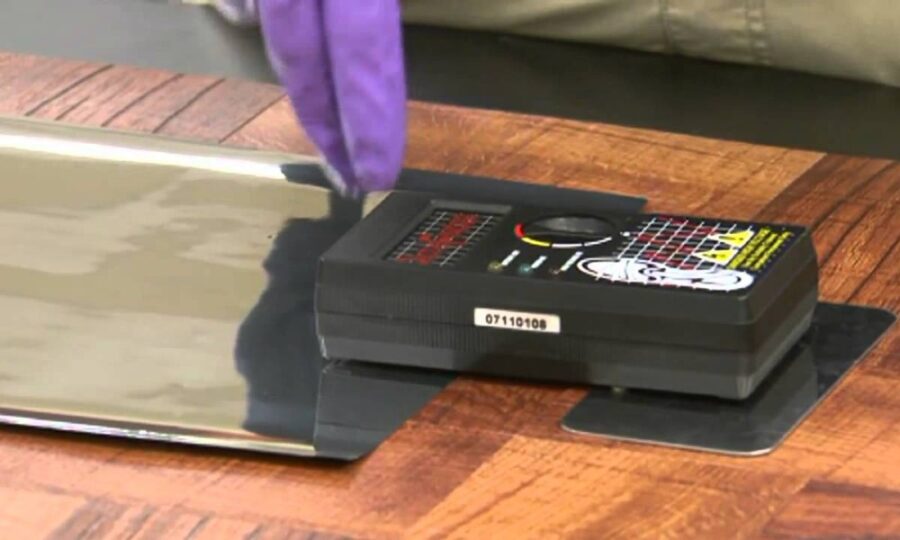
Whenever a print needs to be collected, either a fingerprint or a shoeprint, the CSI team can be seen holding out a thin sheet of light blue material that is pressed down to make an impression. That is part of an electrostatic dust print lifter kit, which sends an electric pulse through the plastic film to permanently adhere dust in the print pattern, the catch is, it has to be both dry and a loose enough material for the shock to work. Warrick uses one in the CSI episode “All for Our Country” to collect prints from a newspaper.
There are a number of episodes, including “Under A Cloud” in CSI Season 14, where a sudden storm makes it nearly impossible for evidence to be collected. Even The Miniature Killer’s use of shallow water in the chicken plant was enough to stop a print lifter from working, but when the situation is right, it’s one of the most important tools in their arsenal. All the more impressive with how simple it really is in execution.
2. 3D Laser Scanner
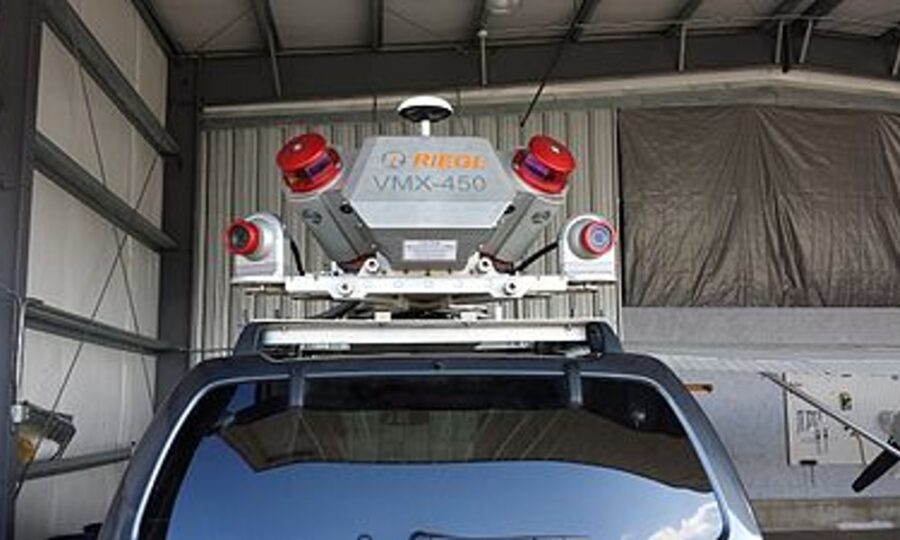
A tripod-mounted laser scanner will rotate 360 degrees and catalog every feature of a crime scene, allowing investigators to later walk through it virtually. A similar tool, meant for consumers, was a key piece of evidence in the CSI episode “Let the Seller Beware,” allowing the team to experience a virtual tour of a living room. The same technique comes back in “Kitty,” the introduction episode to CSI: Cyber, which aired during CSI Season 14.
Today, actual police forensic teams use laser scanning to create virtual crime scenes, but they can even develop a walkable simulation using shots from special cameras. When Stella in CSI: New York needed to identify a vehicle that tore through a park, she used a handheld 3D scanner to collect the tread imprint, another example of high-tech tools that can be found in the real-world.
1. Digital Enhancement Software
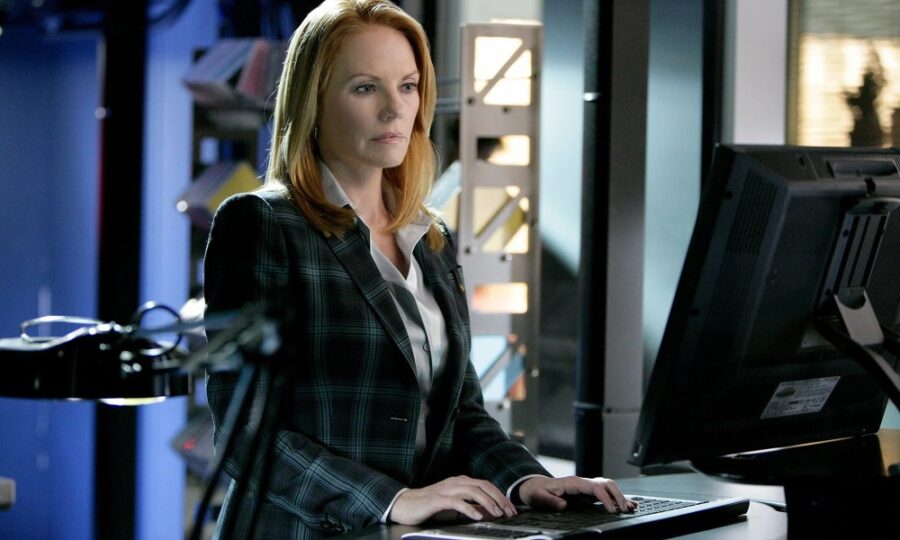
There have been real-world devices on this list, and some that are now beyond what the franchise demonstrated, but out of everything, it’s the amazing capability of every CSI lab to enhance the smallest part of any image to be crystal clear that’s the most fantastic. Pick a random episode of any series, and chances are, at some point, someone will be hitting one button on a keyboard, and the entire image will “enhance.”
Anyone that’s worked with Photoshop knows that even the most powerful software can only sharpen the focus of an image so much, and it’s never just one button press. The magic “enhance” button is the most egregious of all the absurd technology in the CSI franchise.












